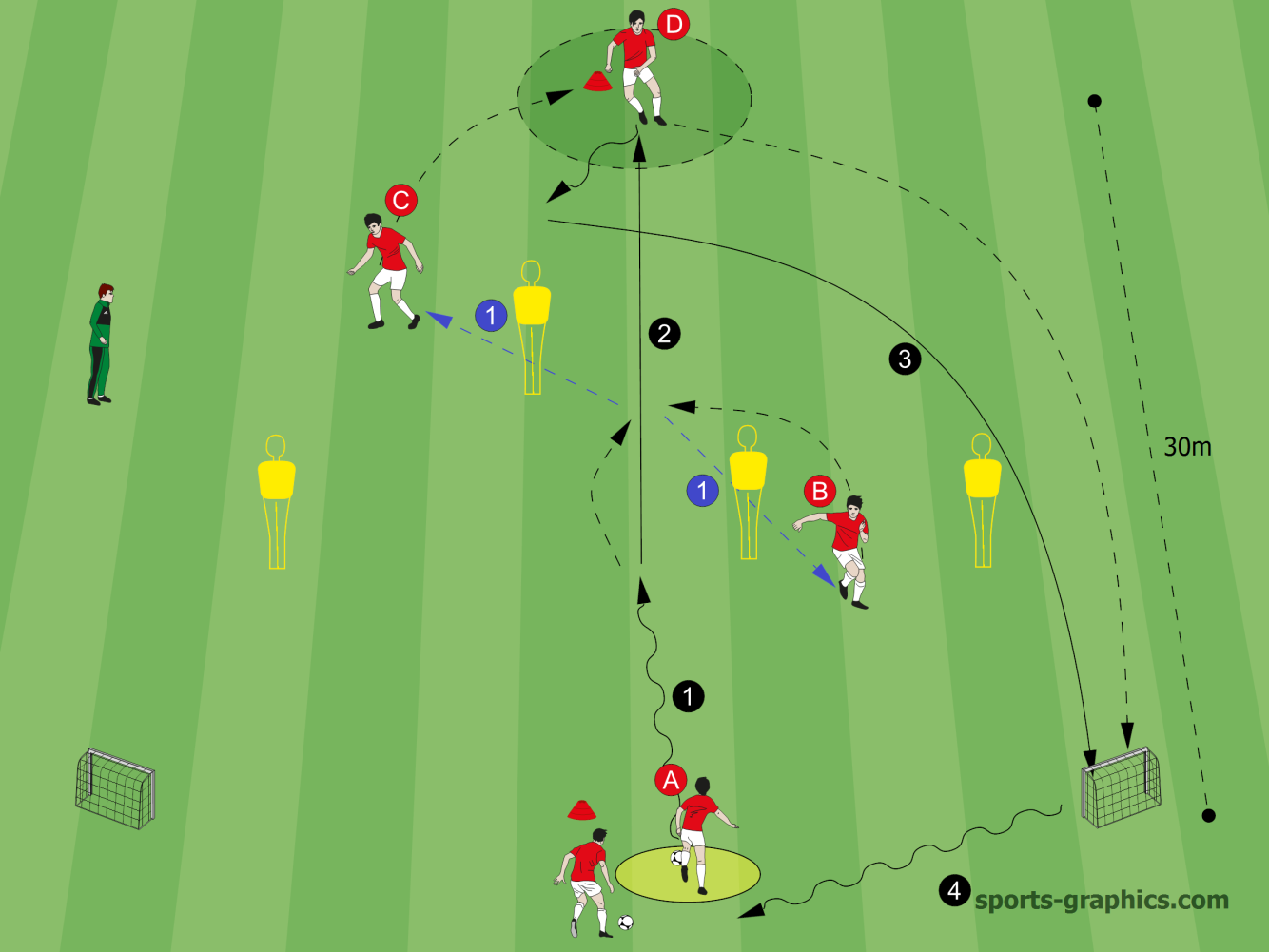

This is because it can act as a form of non-verbal communication, potentially giving an indicator of the situation that is out of view of the receiving player. The pass can be particularly important if the receiving player has his back to goal or a limited field of vision for any other reason. Speed and accuracy of the passĮven with a good support structure, one of the most important features of a positive ball progression is the pass itself. Whilst some teams may use it to create third man runs, others may look to create dribbling opportunities or combination play in a dangerous area behind the opposition midfield. Because it can allow for a number of options that the receiving player can utilise, it is a useful tool for teams utilising positional play. If the nearby players are well structure in accordance with their skillset, then it allows a number of following options. This type of pass does more than merely winning space in an advanced area. But if the receiving player is less mobile, nearby players with a forward-facing field of vision will be more helpful.

In these cases, his teammates may focus on maintaining a larger distance away to create space for a 1v1 opportunity with the opposition CB. Some players are comfortable receiving the ball with their back to goal and changing direction in one fluid movement. For example, the individual profile of the receiving player can alter the optimal structure. What this structure is comprised of depends on a number of variables. In order to stop an immediate loss of possession, the receiving player will need a suitable support structure around him. If the centre back plays the ball into the forward in this situation, it’ll be received in a 4v1 and they can say ‘bye bye’ to possession. If the forward receives the ball with his back to goal, and is expected to turn past a defender behind him, the opening for transition may disappear. This presents a potential transition chance but this window of opportunity can quickly close. One of the main advantages of a vertical pass in initial build-up phases is that it breaks two lines of opposition defense, meaning the opposition midfield are in front of the ball once the pass reaches its destination. This is not a problem if the play is in that direction, but it limits ability to transition and progress play quickly. Because of the nature of the pass, the receiving player will often be facing towards their own goal. The other factor to consider is the field of vision of the receiver and supporting players. But regardless, if there is not a suitable support structure around the receiving player, then they will find it hard to retain possession. There are a number of ways to do this, such as quick horizontal circulation. It has to be deliberately created by the team in possession. Whilst this type of pass can be a good way to advance play, it is often difficult to complete for a number of reasons. We also share information about your use of our site with our social media, advertising and analytics partners who may combine it with other information that you've provided to them or that they've collected from your use of their services.Basic example of vertical passing in first build-up phase We use cookies to personalise content and ads, to provide social media features and to analyse our traffic. Such cookies included those set by our statistics package Google Analytics. Non necessary cookies are only set when you have given your explicit consent to their use. Some cookies are necessary for the operation of our website, if you choose to block them some aspects of the site may not work for you.
#Tactical soccer ball how to#
Most browsers allow you to control cookies, includingwhether or not to accept them and how to remove them.

Some cookies and other technologies may serve to recallPersonal Information previously indicated by a web user.

A "cookie" is a small text file that may be used, forexample, to collect information about web site activity. Protecting your privacy on-line is an evolving area and this website will constantly evolve to meet these demands. We are committed to privacy and support current industry initiatives to preserve individual privacy rights on the Internet.


 0 kommentar(er)
0 kommentar(er)
